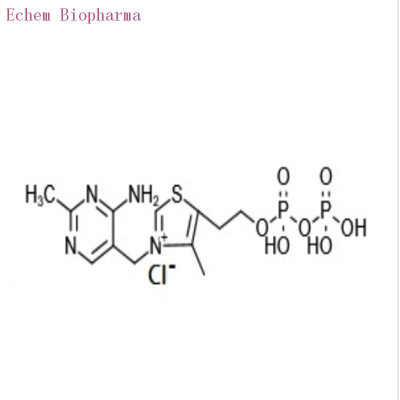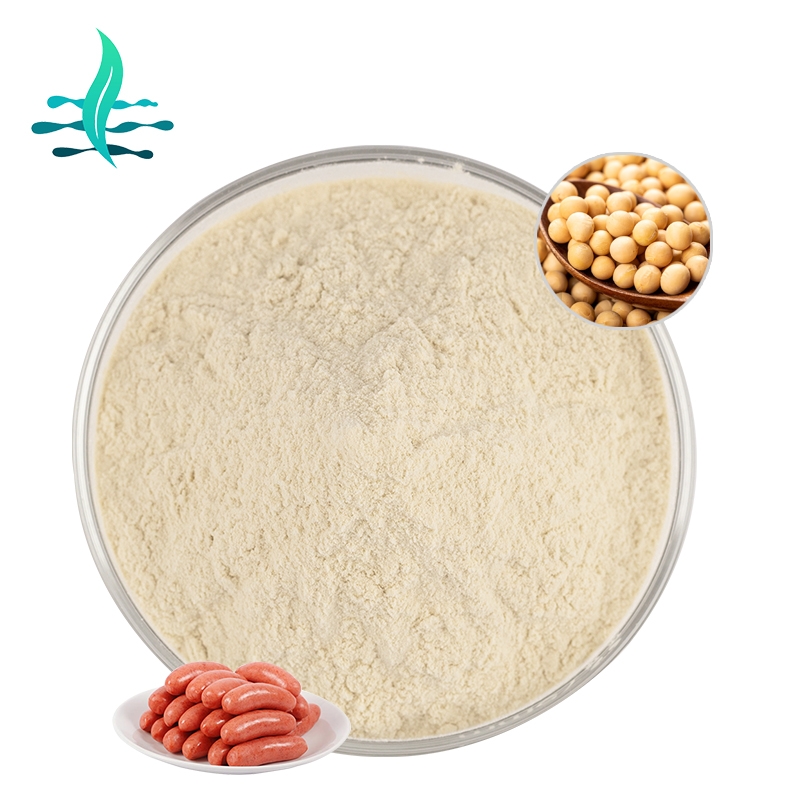-
Categories
-
Pharmaceutical Intermediates
-
Active Pharmaceutical Ingredients
-
Food Additives
- Industrial Coatings
- Agrochemicals
- Dyes and Pigments
- Surfactant
- Flavors and Fragrances
- Chemical Reagents
- Catalyst and Auxiliary
- Natural Products
- Inorganic Chemistry
-
Organic Chemistry
-
Biochemical Engineering
- Analytical Chemistry
- Cosmetic Ingredient
-
Pharmaceutical Intermediates
Promotion
ECHEMI Mall
Wholesale
Weekly Price
Exhibition
News
-
Trade Service
The research team of Nanjing University's School of The Environment, in collaboration with a number of research institutions in China and the United States, has recently found that graphene in nature can be transmitted along the food chain, and that higher organisms that have little chance of directly ingesting graphene may indirectly "eat" graphene, thus causing health risks.
is the thinnest and hardest nanomaterial in the world. It is only 0.335 nanometers thick, equivalent to one hundred thousandth of the hair, but 200 times harder than steel of the same size. It has excellent performance in conductivity, thermal conductivity and so on, and has great potential for application. However, the heavy use of graphene is bound to lead to its entry into the natural environment, it is particularly important to assess its potential ecological risks.
led by Mao Liang, an associate professor at Nanjing University's School of The Environment, has systematically studied the environmental impact of graphene in different situations since 2011 with zebrafish, screws, moths, mice and other organisms. The study found that although most of the graphene ingested by aquatic animals is excreted, about one percent of the small size graphene still enters animal cells, and about one in a thousand ends up in the liver.
it is worth noting that the biological effects of graphene are passed on to the food chain. Taking the aquatic food chain consisting of bacteria E. coli, protozoa four membrane worms, invertebrate fleas and vertebrate zebrafish as an example, aquatic higher organisms can ingest graphene directly from the environment and indirectly ingest graphene from low-class animals that accumulate graphene through predation. And in the same environment, the amount of graphene ingested through the food chain is higher than the amount of graphene ingested directly from the environment.
suggests that even humans who are less likely to ingest graphene directly may be able to get graphene into their bodies by eating fish contaminated with graphene. Overall, low concentrations of graphene are relatively safe for organisms and the environment, but safety assessment and management cannot be relaxed given its possible effects with a variety of substances and the characteristics that accompany the food chain. Mao Liang said that at present, the study of graphene on rice, wheat and other food crops, as well as the impact of higher animals on land is still ongoing. In the future, graphene will be more clear about the advanced biological action, including humans.
research results have recently been published in the international environmental field of the authoritative journal Environmental Science and Technology.
Xinhua News Agency reporter Wang .







